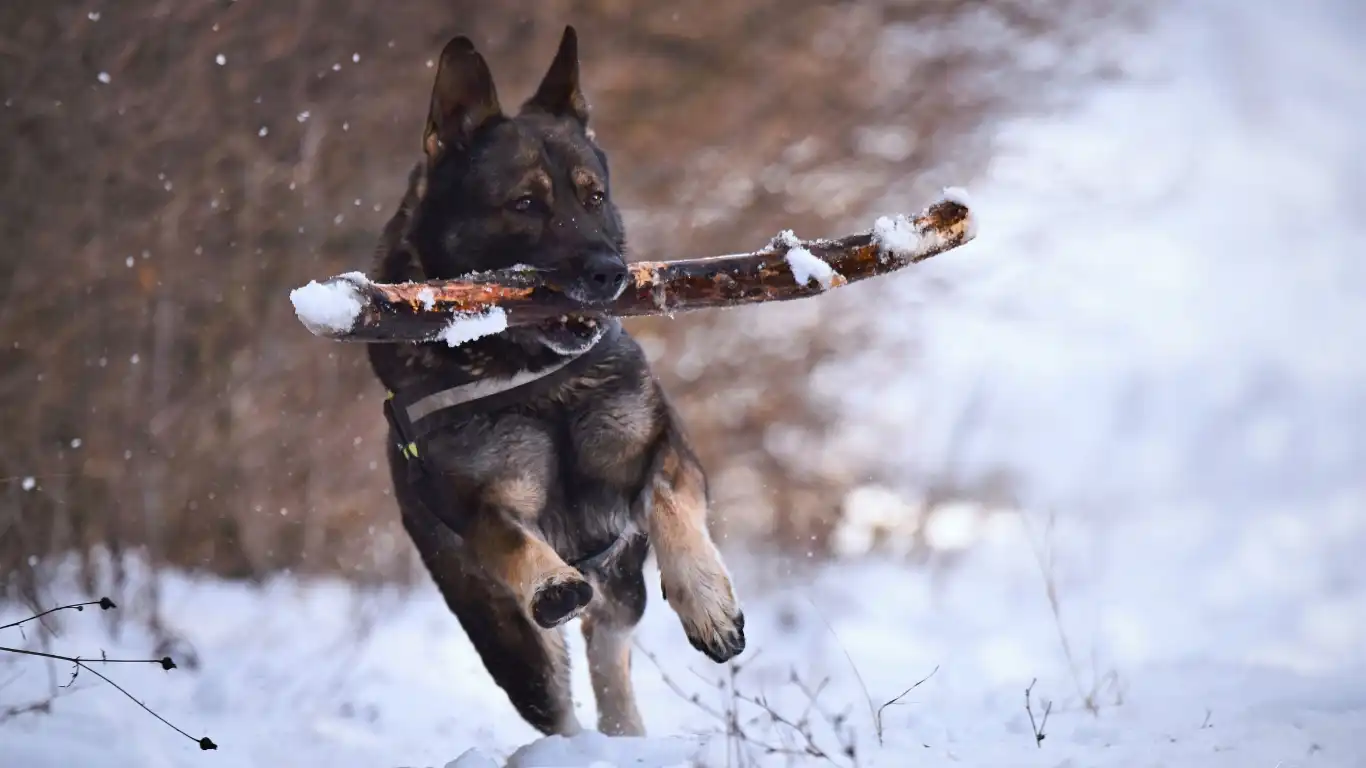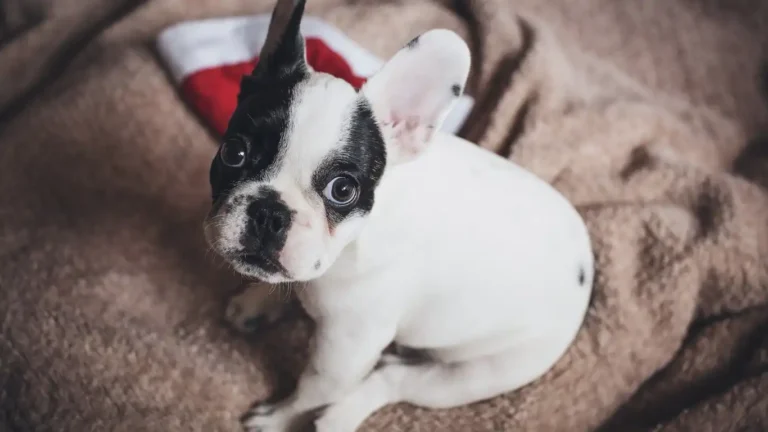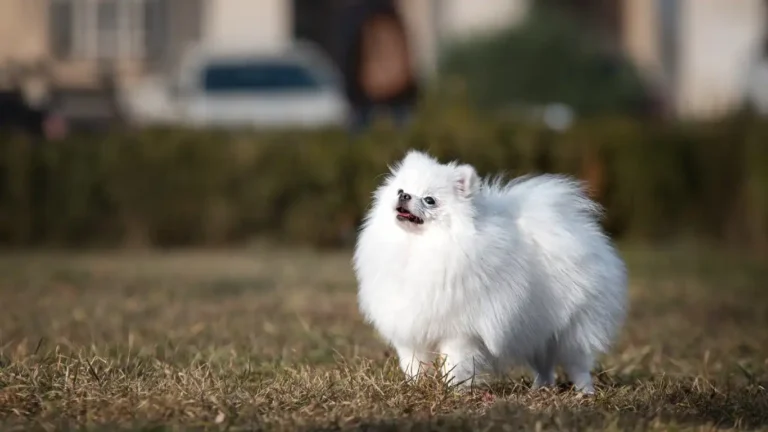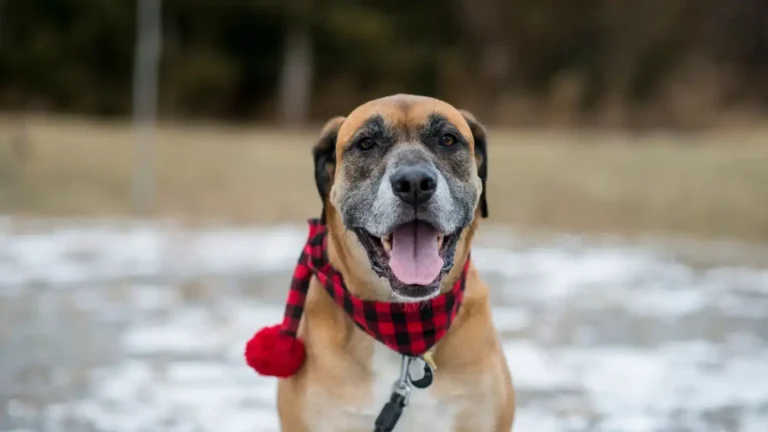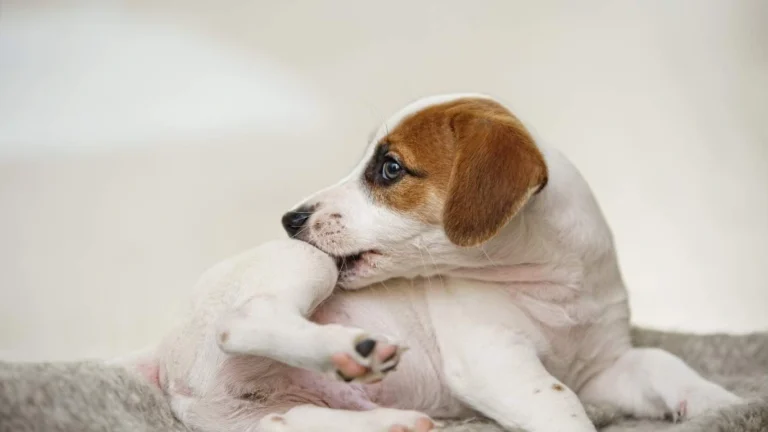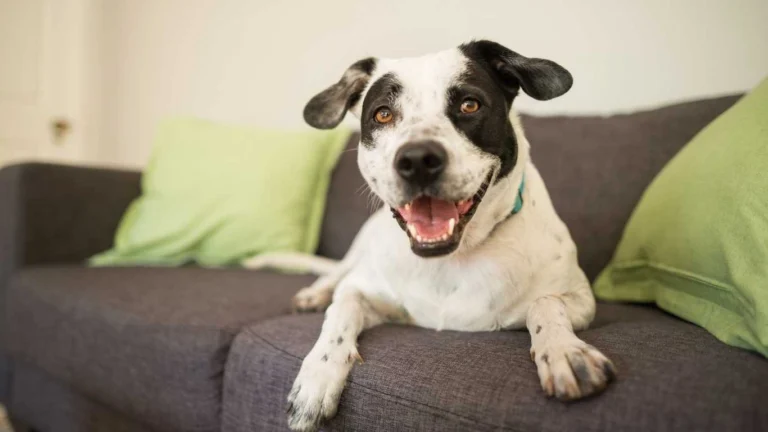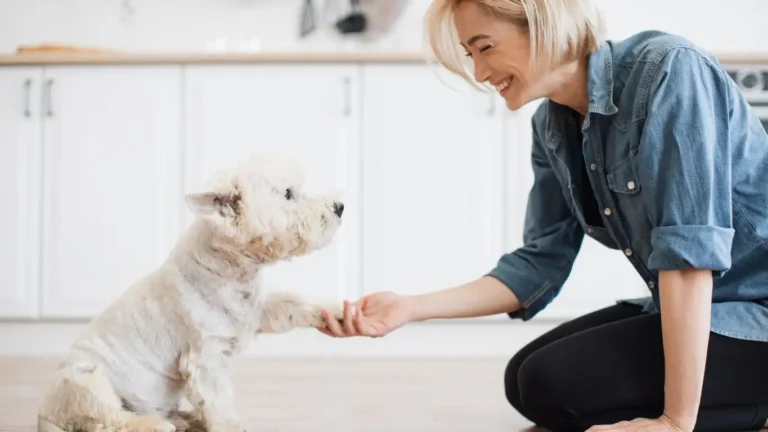Safely Remove Burrs from Your Dog’s Fur Without Causing Pain
Dogs love to explore, sniff, and roll around in nature—which often means coming home with burrs stuck in their fur. Burrs are small, spiky seed pods from plants that latch onto fur, skin, or clothing. While they may seem harmless, they can cause discomfort, irritation, or even injury if not removed properly. Learning how to safely take burrs out of your dog’s coat is essential to keep your pet happy and healthy.
Understanding Burrs and Dog Fur
To safely remove burrs, it’s helpful to understand both what burrs are and how your dog’s fur works. Burrs come from various plants like burdock or cocklebur. These plants have evolved to spread their seeds by sticking to animals. Their tiny hooks cling tightly to fur or fabric, making them hard to shake off.
Your dog’s fur—especially if it’s long or curly—can easily trap burrs. Fur is made of keratin, the same protein that forms human hair and nails. Depending on your dog’s breed, the coat might have one or two layers: a soft undercoat and a coarse topcoat. Burrs often get tangled in both layers, especially behind the ears, under the legs, or around the tail where fur tends to be thick and mats easily.
Understanding this helps you see why it’s important to remove burrs carefully without pulling or cutting fur unnecessarily.
How Burrs Affect Your Dog
At first, a burr might seem like just a sticky nuisance. But if it stays in the coat too long, it can cause problems. Burrs can mat the fur, create pressure points, and even pierce the skin. This may lead to irritation, small wounds, or infections.
Some burrs can break apart into tiny pieces, which may be hard to spot. In areas like the paws, groin, or armpits, they can go unnoticed and cause your dog to lick or bite at the spot. This behavior can make the issue worse.
Over time, neglected burrs can form tight clumps or mats that tug on the skin, causing pain or even limiting your dog’s movement.
Common Signs Your Dog Has Burrs
If your dog has picked up burrs, you might notice some of these signs:
- Visible burrs stuck in the coat
- Excessive licking or biting at one area
- Limping or favoring one paw
- Yelping when touched or brushed
- Mattes or tangled fur forming quickly
- Red or irritated skin under the fur
Checking your dog’s fur after hikes or walks in grassy or wooded areas can help catch burrs early, before they cause trouble.
How to Safely Remove Burrs From Your Dog’s Fur
Patience and the right tools go a long way when removing burrs. Here’s a step-by-step guide to help you do it safely:
What You’ll Need
- Wide-tooth comb or metal detangling comb
- Pet-safe detangler spray or coconut oil
- Blunt-tipped scissors (only if needed)
- Dog brush for finishing
- Treats to keep your dog calm
Step-by-Step Instructions
- Stay calm and reassure your dog. Use a soothing voice and give treats so your dog stays relaxed.
- Gently part the fur. Try to isolate the burr so you can see how deep it’s tangled.
- Apply detangler or oil. Lightly coat the burr and surrounding hair with a detangler spray or a bit of coconut oil. This helps loosen the hair and makes combing easier.
- Use a comb. Starting from the ends of the hair (furthest from the skin), slowly work your way up toward the burr. Comb gently to avoid pulling or causing pain.
- Hold the fur at the base. This helps reduce tugging on the skin while you work.
- If needed, use scissors carefully. Only if the burr cannot be combed out, and never cut near the skin. Use blunt-tipped scissors and slide a comb between the skin and the burr before cutting.
- Brush the area. Once the burr is removed, gently brush the fur to smooth out tangles.
Remember to reward your dog afterward with praise or a treat. It makes future grooming easier when your pet associates it with something positive.
How to Prevent Burrs in the Future
While it’s hard to avoid burrs completely, there are simple ways to reduce how often your dog picks them up:
- Keep your dog on trails when hiking or walking in wild areas.
- Use a dog vest or shirt to protect the chest, belly, and sides—areas where burrs often stick.
- Trim long fur around problem areas like the paws, ears, and armpits.
- Brush your dog regularly to catch burrs and mats early.
These small habits can go a long way toward keeping your dog burr-free and more comfortable after outdoor adventures.
When to See Your Vet
Most burrs can be handled at home, but sometimes they cause deeper issues. It’s a good idea to contact your veterinarian if you notice:
- Swelling, redness, or signs of infection under the fur
- Bleeding or open wounds from a burr
- Persistent limping or pain
- A burr stuck in the eye, mouth, nose, or genital area
- Your dog becomes aggressive or extremely anxious during grooming
Your vet can safely remove burrs from sensitive areas and treat any injuries. Don’t hesitate to ask for help—it’s always better to be safe.
Final Thoughts
Burrs may be part of the outdoor experience, but they don’t have to be a big problem. With a little care and the right tools, you can safely remove them and keep your dog’s coat healthy. Regular grooming, a gentle approach, and knowing when to ask for help make all the difference.
If your dog picks up a burr or two on a walk, don’t worry. Take your time, go slow, and remember—you’re not just grooming their fur, you’re taking care of their well-being.
